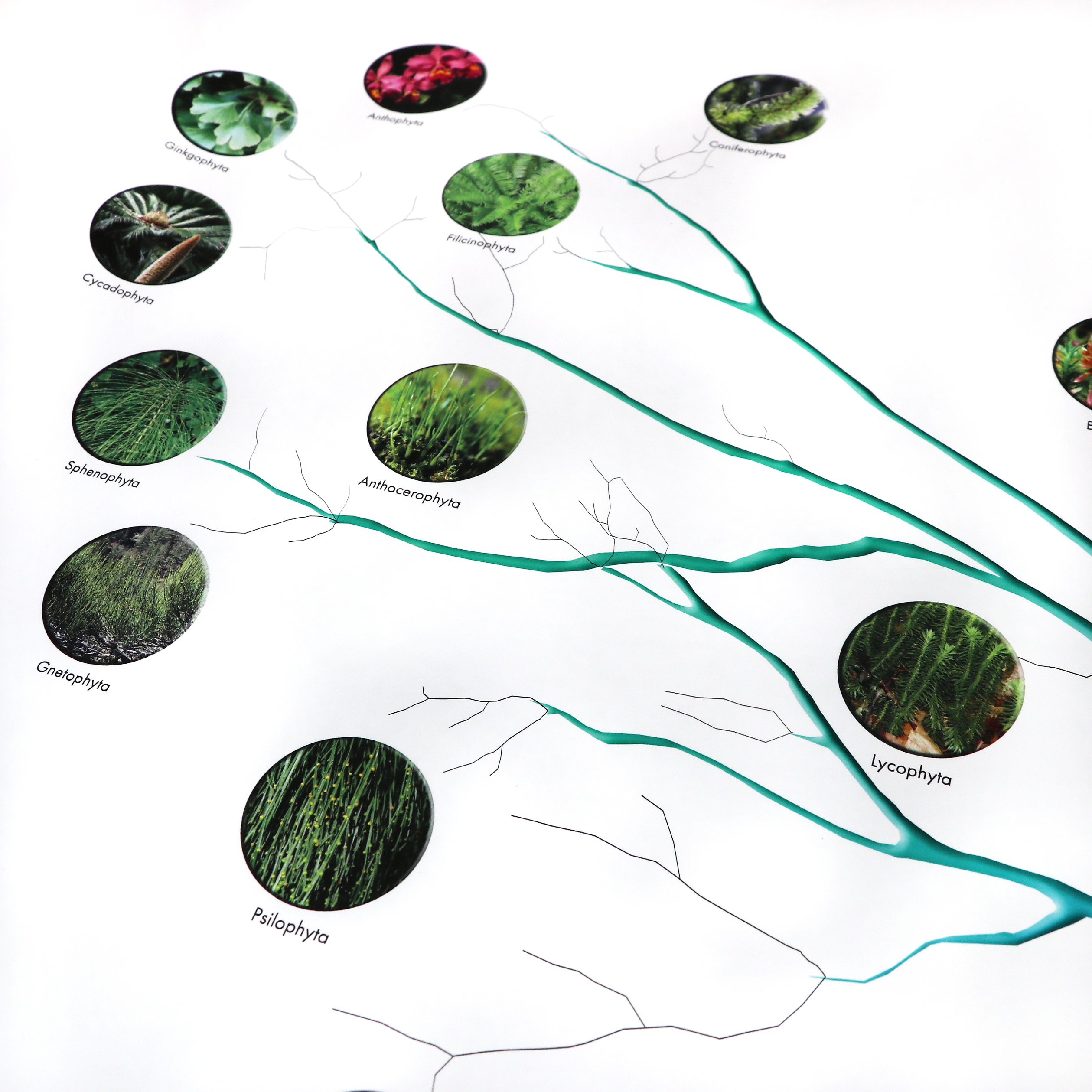What is cladistic analysis used for and how does it help us understand the evolutionary process?

Cladistic analysis, also known as cladistics, is a method of inferring evolutionary relationships among a group of organisms based on the principle of parsimony. It is used to construct a branching diagram, called a cladogram, that represents the most likely pattern of evolutionary divergence among a group of organisms. Cladistic analysis is based on the idea that the similarities and differences among organisms are the result of descent from a common ancestor, and that the most likely explanation for these similarities and differences is that they are inherited from that common ancestor.
The first step in cladistic analysis is to gather data on the characteristics of the organisms being studied. This data is then used to construct a matrix, which is a table that lists the organisms being studied and their characteristics. The next step is to use the data in the matrix to identify the most likely branching pattern that represents the evolutionary relationships among the organisms. This is done by identifying the characteristics that are shared by different groups of organisms and that are believed to be the result of inheritance from a common ancestor.
Once the most likely branching pattern has been identified, the organisms are assigned to groups (clades) that are defined by the branching points (nodes) of the cladogram. These clades are named based on the characteristics of the organisms that they contain and are arranged in a hierarchical structure that reflects the degree of evolutionary relatedness.
Cladistics helps us understand the evolutionary process by providing a framework for inferring the evolutionary relationships among a group of organisms. It allows us to identify the most likely pattern of divergence among a group of organisms and to assign organisms to groups (clades) that are defined by the branching points (nodes) of the cladogram. This information can be used to reconstruct the evolutionary history of a group of organisms and to test hypotheses about the evolutionary processes that led to the divergence of different lineages.

Additionally, Cladistic analysis also allows us to understand the relationships among different organisms and how they evolved over time. It can help us understand how different groups of organisms are related and how they are different from one another. This understanding can help us understand how different organisms have adapted to different environments and how they have evolved to survive in the conditions they live in.
The fact that the cladistic classification system is based on the principle of parsimony is in and of itself a drawback. In the next paragraphs we will look at some of the major drawbacks when relying solely on this system.
First, there is a lack of consideration for non-evolutionary factors. Cladistics focuses solely on the evolutionary history of organisms and does not consider non-evolutionary factors, such as geography, ecology, or behavior, which can be important in understanding an organism's classification and ecology.
Second, it makes use of limited availability of data. This system relies heavily on genetic data to construct evolutionary relationships, and the availability of such data may be limited for some organisms, making it challenging to classify them accurately using a cladistic approach.
Third, is the difficulty we encounter in defining characters. Defining characters (traits or features) to use in cladistic analysis can be challenging, especially for morphological characters, as different characters may have different levels of importance in different lineages or groups.
Fourth, is the inability to deal with convergent evolution. Convergent evolution by definition, is where different lineages evolve similar traits independently. This concept is and can be difficult to account for in cladistic analysis and can result in incorrect placement of taxa.
Fifth, is the tendency to oversplit. That means that cladistic analysis can lead to oversplitting, where too many taxa are recognized, resulting in a confusing and unwieldy classification system.
Sixth, and final, is the lack of stability. Cladistic classifications can be unstable, with changes in the placement of taxa occurring frequently as new data becomes available. This can make it challenging to develop a stable and consistent classification system over time.
Personally, I believe that although cladistics can be a useful tool in taxonomic identification, it should be used in conjunction with other approaches to develop a more comprehensive understanding of an organism's classification and ecology. It would be wrong to simply dismiss the benefits of other classification systems, particularly when we consider how quickly data changes and how the resulting schemes can change. It is necessary to keep an open mind and present an integrated approach with a wider vision and understanding of the concepts of classification. This in turn will allow our students to become informed and develop an awareness of the various classification forms that exist.
Aki Margaritis is the Executive Director of ETC Montessori and holds teaching credentials for middle school and high school with advanced degrees in the areas of biology, math, and chemistry. He also holds a Montessori Secondary I credential from AMS.

